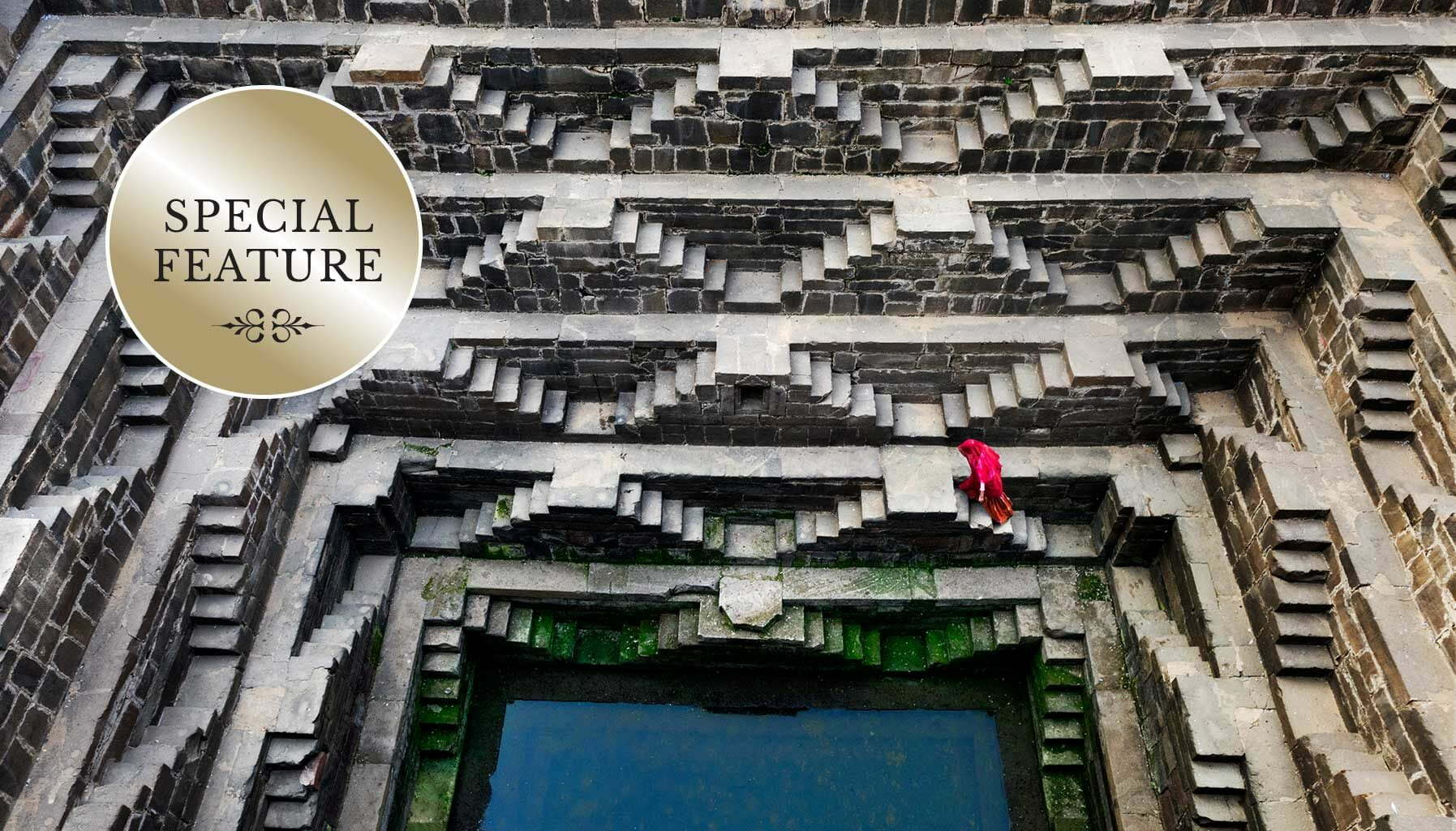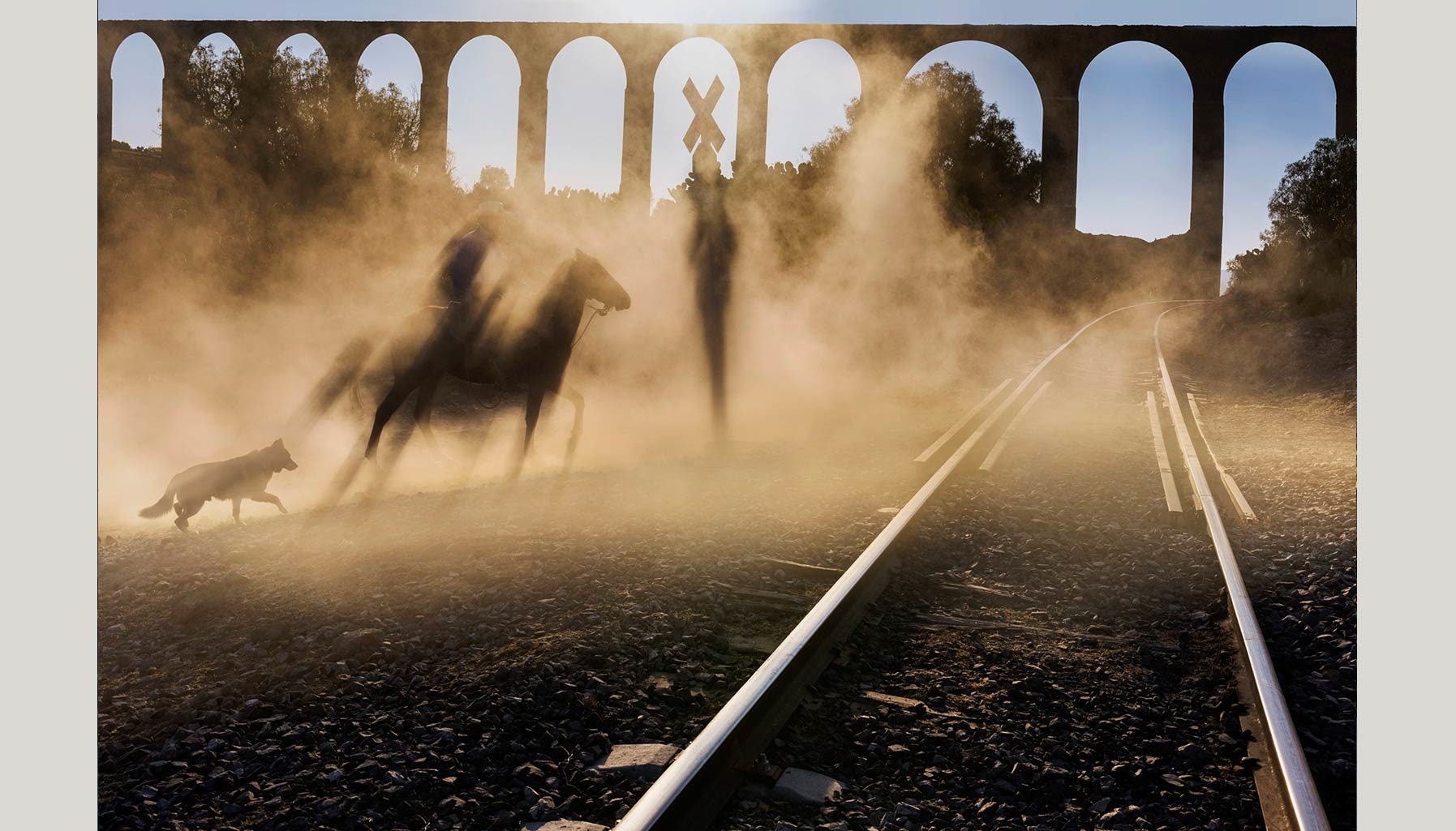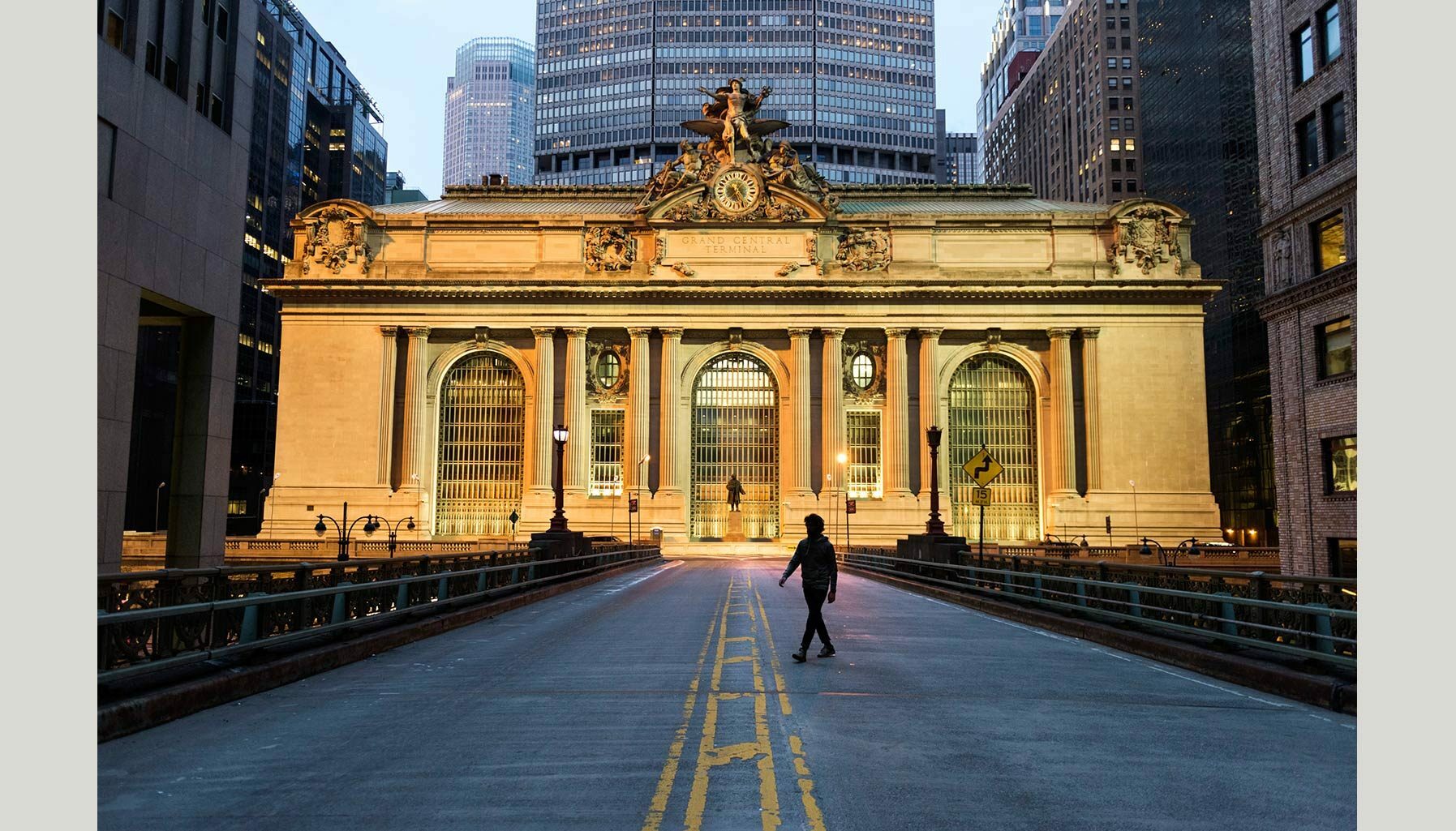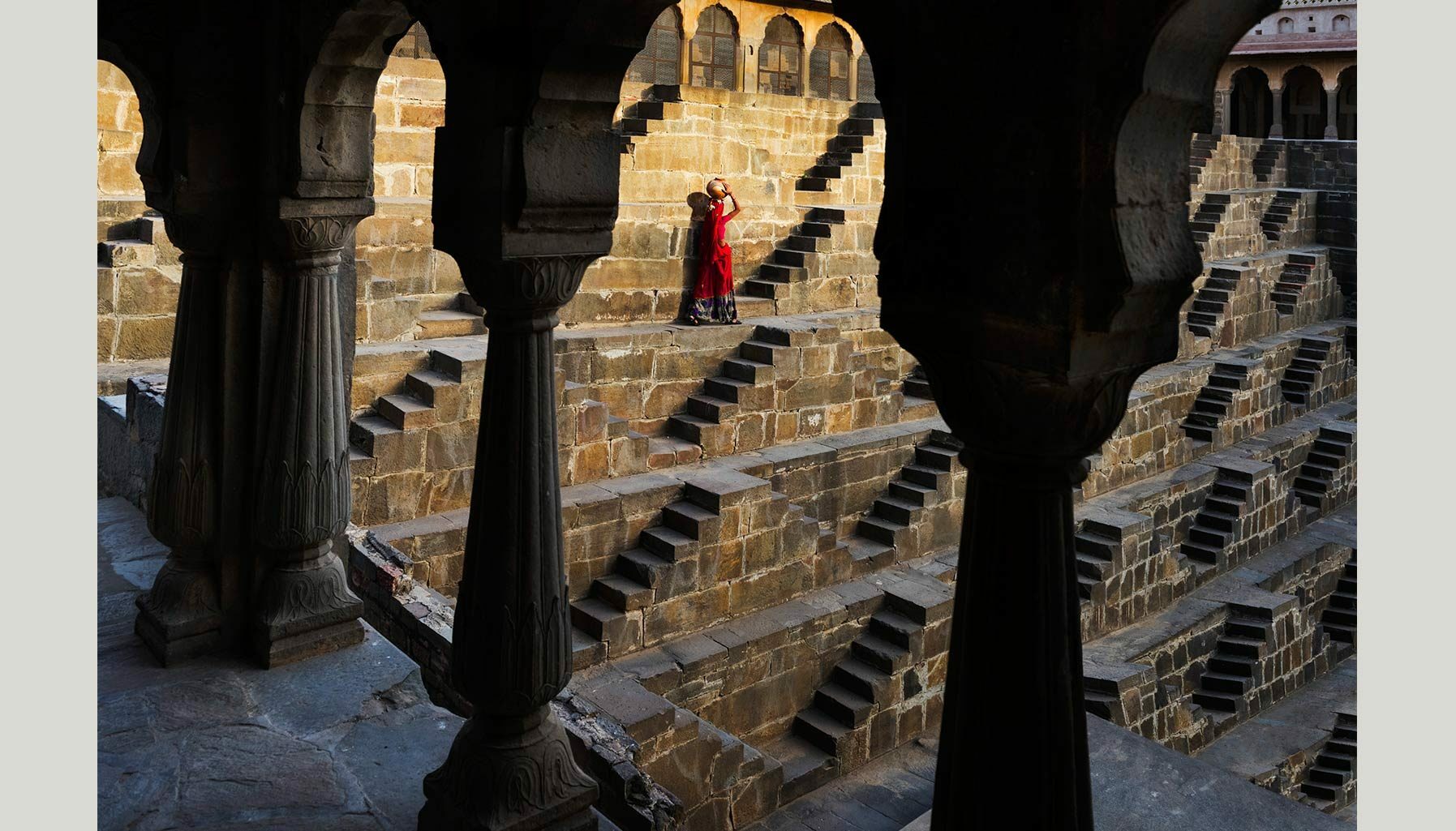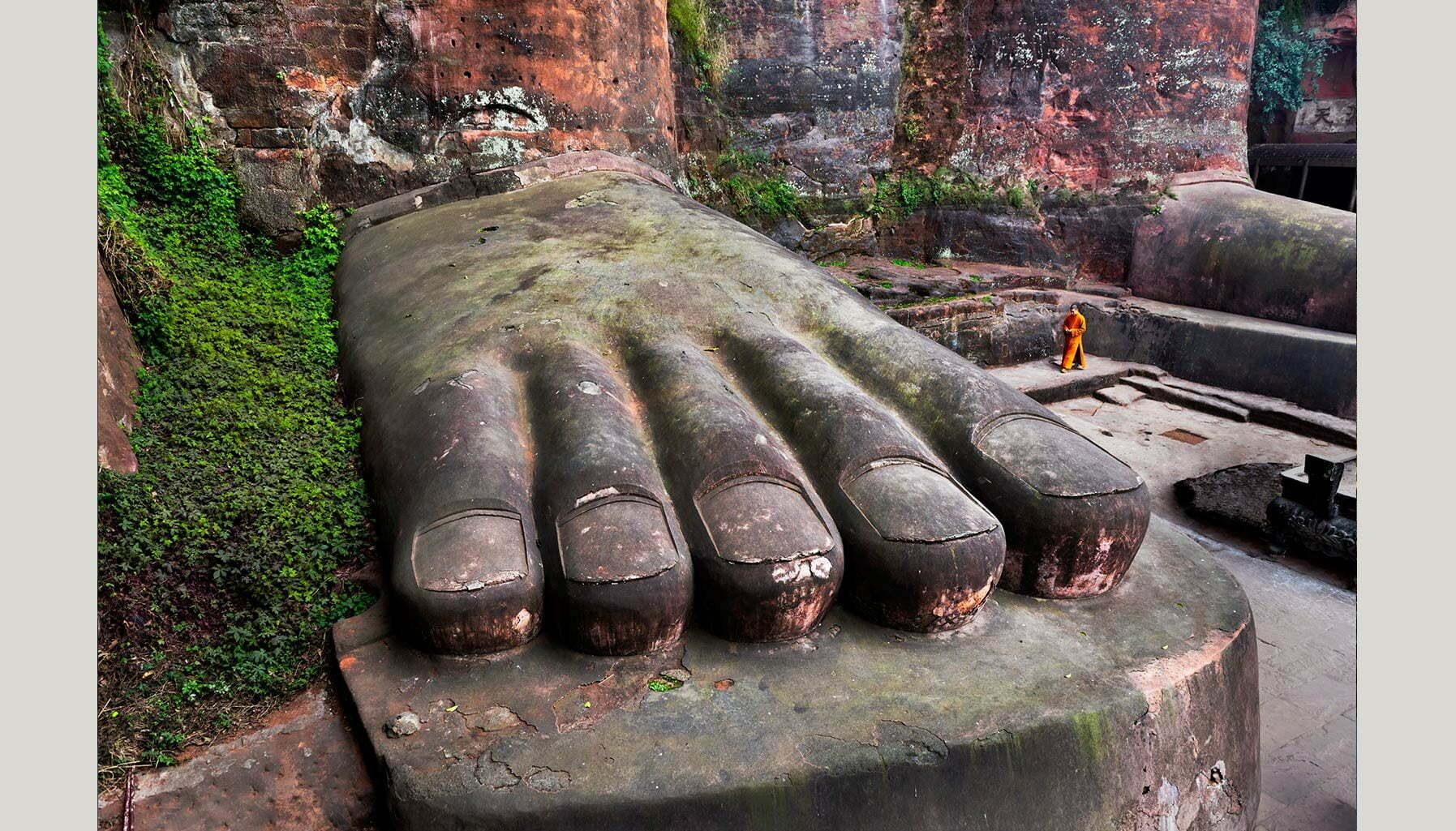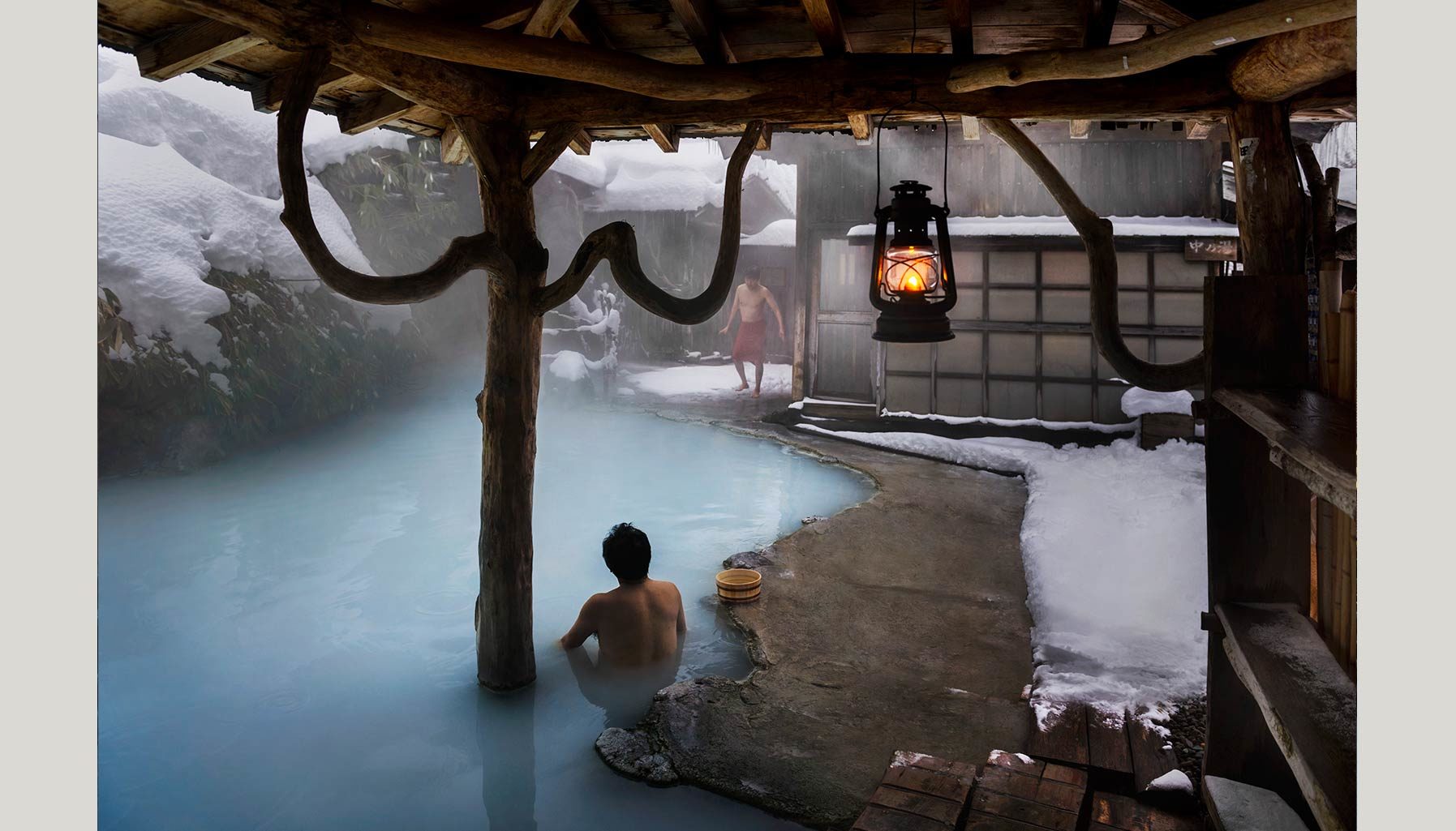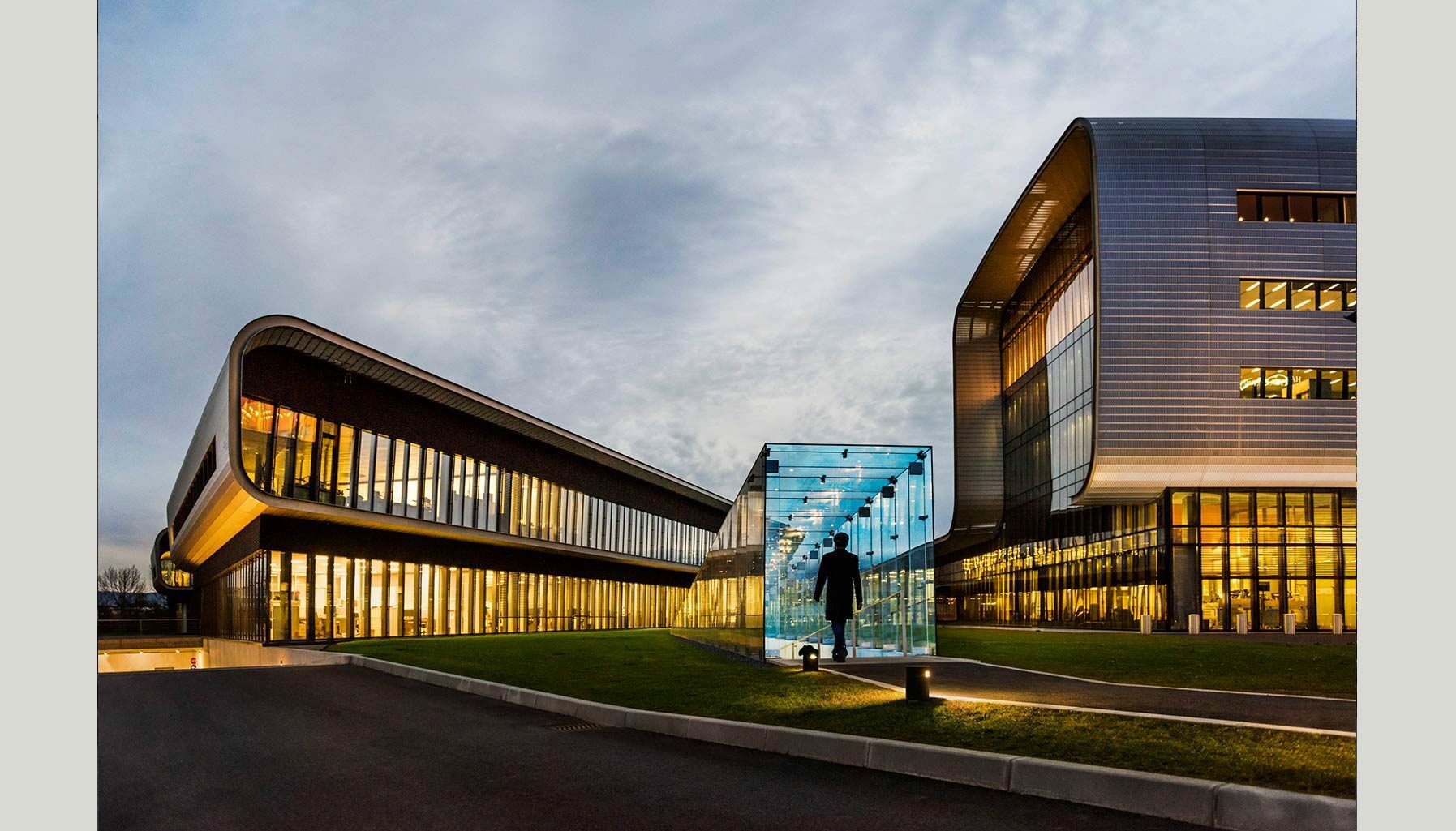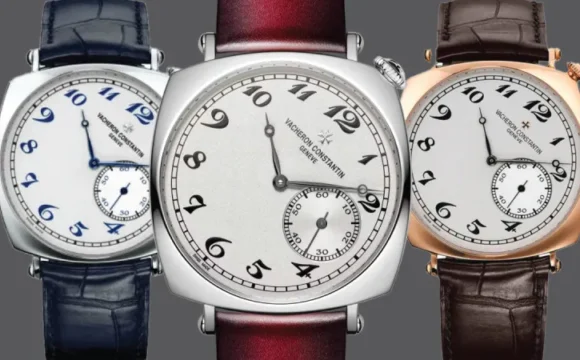- No products in the cart.
An Overseas Tour
Founded in Geneva in 1755, Vacheron Constantin has consistently cultivated the spirit of travel inherited by one of its founders François Constantin. Active on four continents from the 18th century onwards, the Maison quickly set its sights on far horizons so as to expand its reach. Witness its historical archives mentioning the discovery of new unknown places in registers named “Rencontre". The values associated with travel are an intrinsic part of the Vacheron Constantin heritage and philosophy. Through the Overseas Tour announced at the SIHH 2016, legendary American photographer Steve McCurry perpetuates this tradition, revealing the first six locations of his journey, captured for eternity.
1. Aqueduct of Padre Tembleque, Mexico
A time for transmission
Designed to channel water through the Mexican desert, this ruggedly beautiful aqueduct is the architectural proof of complex expertise and in-depth technological knowledge. This monumental work was born out of the encounter of the Roman and Pre-Columbian civilisations, built between 1553 and 1570 and stretching from Zempoala to Otumba, spanning an incredible 45 kilometres.
Steve McCurry: “You fully grasp the visual strength of this aqueduct when you realise that it was built over 500 years ago with absolutely perfect symmetry. I see it as a work with a poetic structure, placed right in the middle of nowhere."
2. Grand Central Terminal, New York, United States
A time for movement
One of the world’s largest railway stations, this architectural gem is set in the heart of the most dynamic city in the Western world. Each day, millions of travellers pass through it in an uninterrupted choreography. This is where the heart of Manhattan pulses almost round the clock. For Vacheron Constantin, Steve McCurry’s team was able to re-discover this mythical location in the middle of the night with only a few discrete travellers. A true privilege.
Steve McCurry: “I remember the first time at Grand Central Station, in New York. I had the impression of being immersed in a work of art, not a railway station! What I find especially fascinating here is the constant human interaction. But it was fantastic to be able to spend a whole night there. We had the entire station to ourselves, as if in a waking dream."
3. Chand Baori Stepwell, India
A time for enchantment
This ancient stepwell is a legendary and mesmerizingly beautiful work of art intermingling symbolic ornamentation and optical illusions. Located near a temple in Abhaneri, in the state of Rajasthan, it has been a major centre of social life through the centuries. To reach the water, one must descend countless steps spread over several successive levels. The population regards this itinerary as in invitation to meditate.
Steve McCurry: “This place immediately reminded me of the graphic work of the artist Maurits Cornelis Escher, notably expressed through his art of creating optical illusions through playing with lines. The Indian women we met there appeared to be lost amid the vastness of the monument. These are definitely the most beautiful and awe-inspiring staircases I have ever seen. The architects worked miracles in creating a work of pure beauty."
4. Leshan Giant Buddha, China
A time for serenity
In Sichuan Province, it has been towering over the Min River for 13 centuries and appears destined to defend it for eternity. This 71metre-high colossus, hewn out of the rock between 713 and 803 AD, was created to protect – and still does according to popular belief – the sailors braving these rushing waters. This monumental Buddha is a challenge to human limitations. Its simple features and intense beauty make it truly timeless.
Steve McCurry: “I have tried to convey through pictures the amazing sum of knowledge possessed by the Chinese at the time this Buddha was sculpted. It was an honour for me to undertake this task, especially as we were fortunate to meet some wonderful people during the photo shoot. What impressed me about this Buddha was its face that shows a neutral and benevolent smile. He observes the world and gazes affectionately at us as if he wished to protect us for all eternity."
5. Tsurunoyu, Japan
A time for rituals
In Japanese, onsen means “hot spring". It is the name given to thermal baths, regarded as poetic, ritual and sacred places. In the province of Akita, the beauty of the onsen emanates from the presence of unspoilt yet well mastered natural elements – water, steam and the environment – that never undermine the humble, pared-down simplicity of the establishment. This is a place where no one is entitled to immerse themselves in these hot springs bursting forth from the earth without following a specific ritual paying tribute to the serenity of purification.
Steve McCurry: “This was one of the most inspirational locations on my photographic journey. When we arrived there, it had been snowing for three days. Everything was shrouded in a mantle of white, as if in a dream. It was truly fascinating to witness this magical contrast between the coldness of the snow and the warmth of the baths."
6. Manufacture Vacheron Constantin, Geneva
A time for inspiration
Within the Manufacture, the union of opposites expresses the spirit of the Maison. Swiss architect Bernard Tschumi created a play on materials in a blend of sophistication and simplicity, harmony and rigorous discipline, flowing and closed spaces, modern and timeless lines. At the time of the Hallmark of Geneva, these light-filled premises representing precision and inspiration in every detail of the new Overseas watches.
Steve McCurry: “You find yourself facing this incredible shape, this architecture, this singular design that is also an authentic work of art, a concrete example of human genius. I see it as a perfect match between beauty and precision. Admiring the Manufacture Vacheron Constantin is like setting off on an extraordinary voyage."

